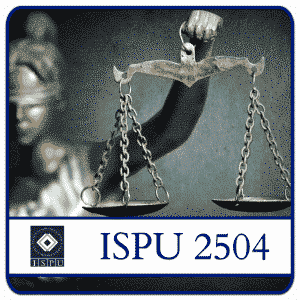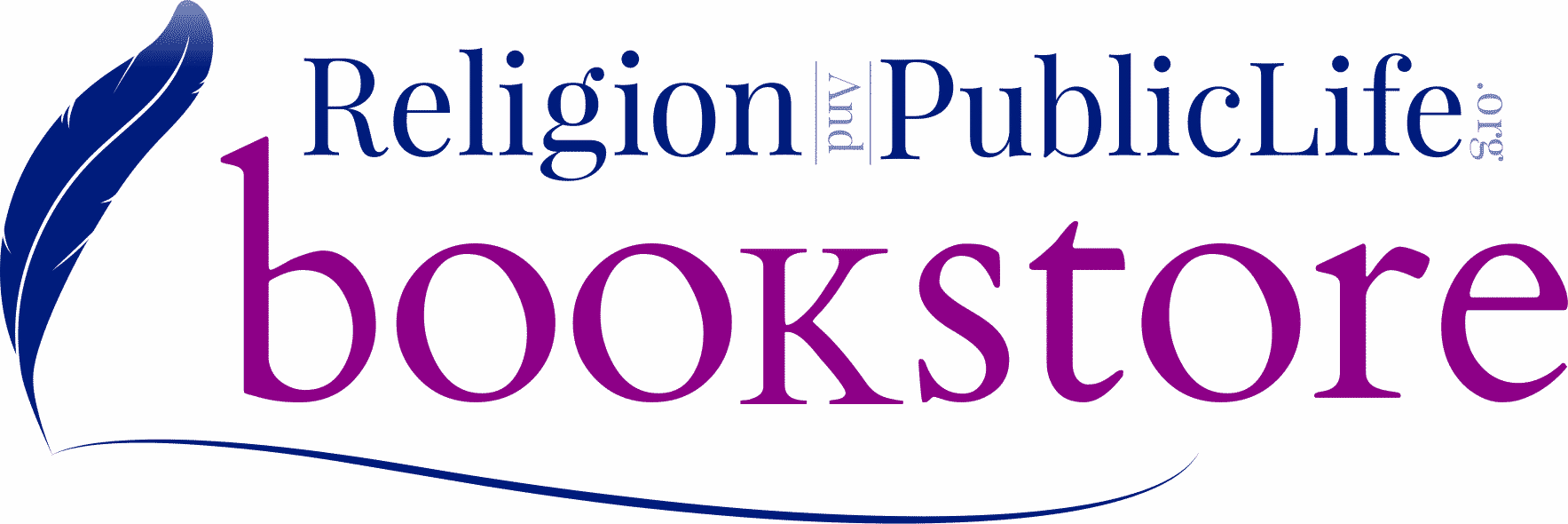4
Shopping Cart
View Cart-
×
 AMST 2504 How are American Muslims Treated?
1 × $56
AMST 2504 How are American Muslims Treated?
1 × $56 -
×
 AMST 3004 Prepare Crisis Mitigation Strategies
AMST 3004 Prepare Crisis Mitigation Strategies
- Sold By:
-
×
 INTL 1205 Freedom within Religion
INTL 1205 Freedom within Religion
- Sold By:
Subtotal: $224
4
Shopping Cart
View Cart-
×
 AMST 2504 How are American Muslims Treated?
1 × $56
AMST 2504 How are American Muslims Treated?
1 × $56 -
×
 AMST 3004 Prepare Crisis Mitigation Strategies
AMST 3004 Prepare Crisis Mitigation Strategies
- Sold By:
-
×
 INTL 1205 Freedom within Religion
INTL 1205 Freedom within Religion
- Sold By:
Subtotal: $224
Login
Accessing this course requires a login. Please enter your credentials below!

In partnership with The Foundation for Religious Literacy, ReligionAndPublicLife.org is a project of 1791 Delegates, a delegation of First Amendment and human rights educators named after the year the Bill of Rights was ratified.



